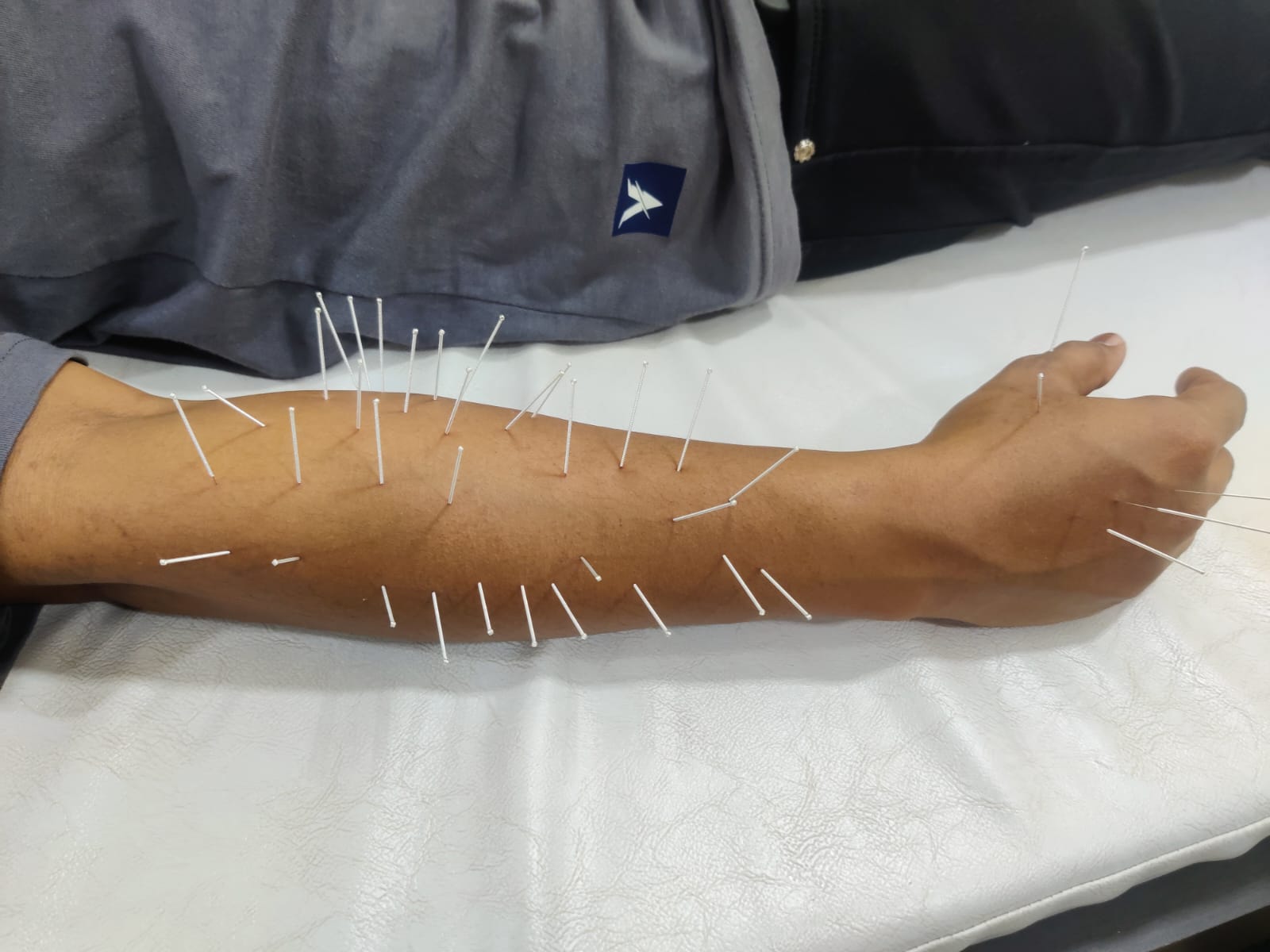+918048030940

This is your website preview.
Currently it only shows your basic business info. Start adding relevant business details such as description, images and products or services to gain your customers attention by using Boost 360 android app / iOS App / web portal.
**Novel Treatment of Writer's Cramp Using Ultrasou...

**Novel Treatment of Writer's Cramp Using Ultrasound-Guided Dry Needling** Writer's cramp, a form of task-specific focal dystonia, is a condition that causes involuntary muscle contractions, leading to abnormal postures and movements of the hand and forearm. The underlying cause of writer's cramp is often attributed to the cocontraction of the flexor and extensor muscles of the forearm. This simultaneous activation of opposing muscle groups creates a paradoxical situation where the muscles work against each other, resulting in pain, discomfort, and difficulty in performing tasks that require fine motor skills, such as writing. Traditional treatments for writer's cramp have included medication, physical therapy, and in some cases, botulinum toxin injections. However, these methods often provide limited or temporary relief, and some patients may experience unwanted side effects. A novel approach to treating writer's cramp involves the use of ultrasound-guided dry needling. This technique targets the overactive muscles contributing to the condition. By precisely inserting fine needles into the affected muscles under ultrasound guidance, dry needling disrupts the abnormal motor patterns, alleviating muscle tension and reducing pain. The use of ultrasound guidance ensures that the needles are accurately placed within the specific muscles responsible for the cocontraction, enhancing the effectiveness of the treatment. The procedure is minimally invasive, with patients typically experiencing significant pain relief and improved function after a series of sessions. This novel treatment offers a promising alternative for patients with writer's cramp, providing targeted relief by addressing the root cause of the muscle dysfunction. With continued research and refinement, ultrasound-guided dry needling may become a standard treatment option for this challenging condition, offering hope to those who struggle with the debilitating effects of writer's cramp.

